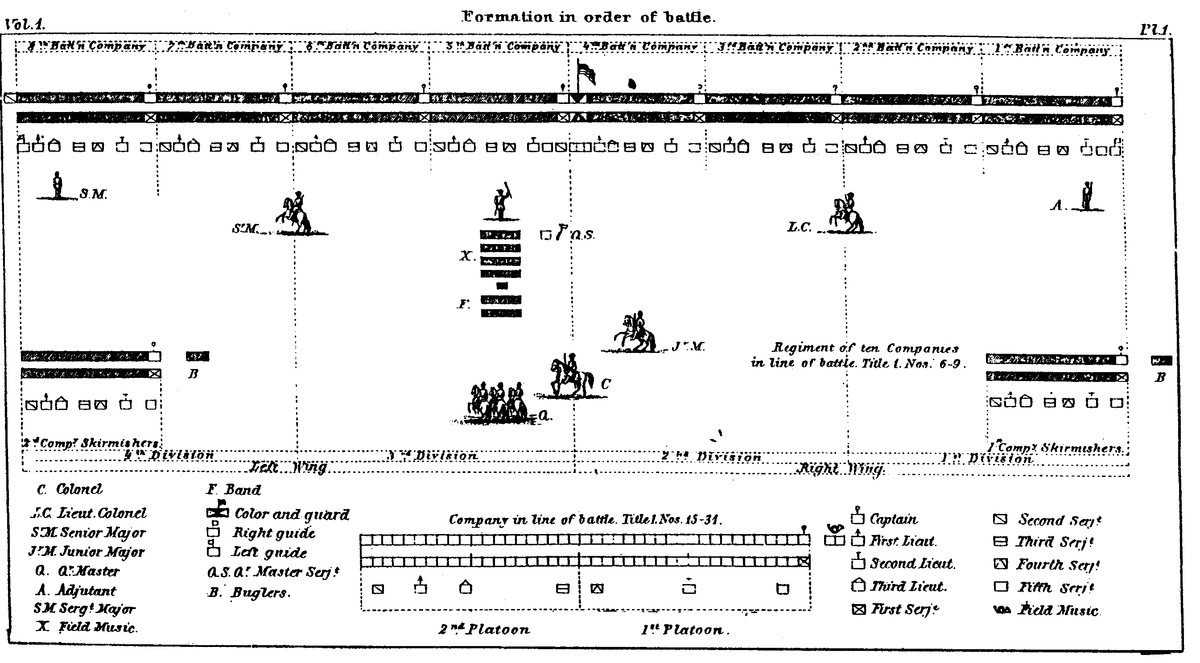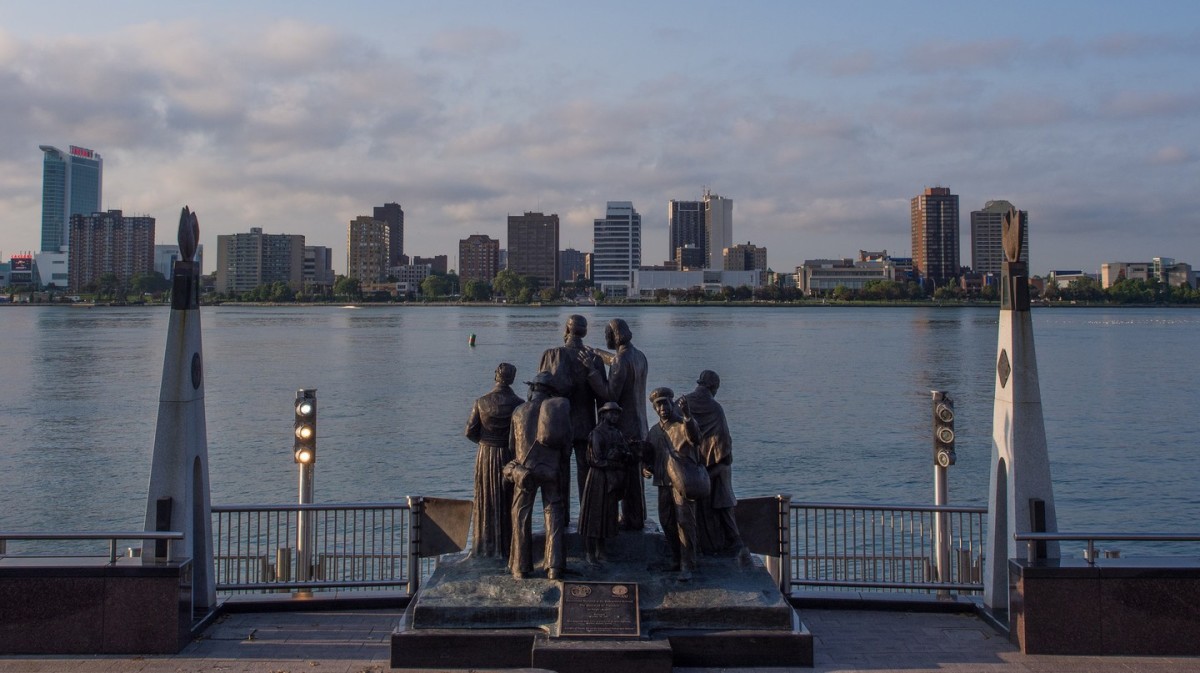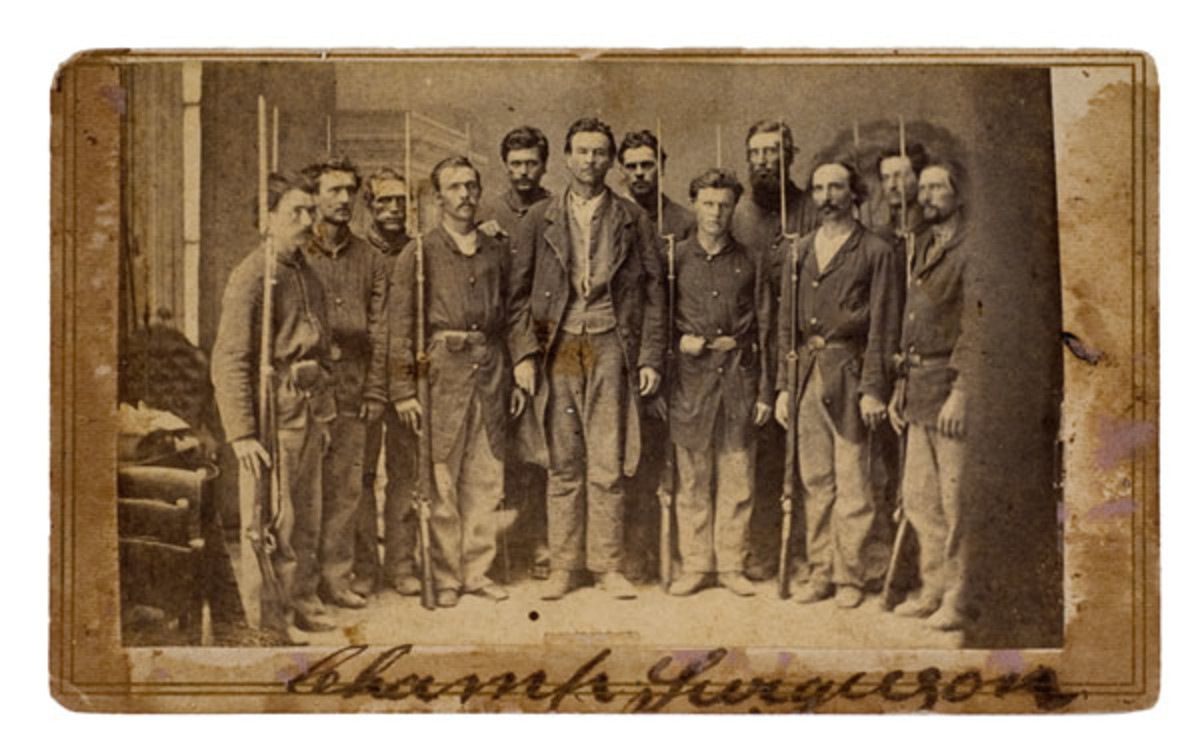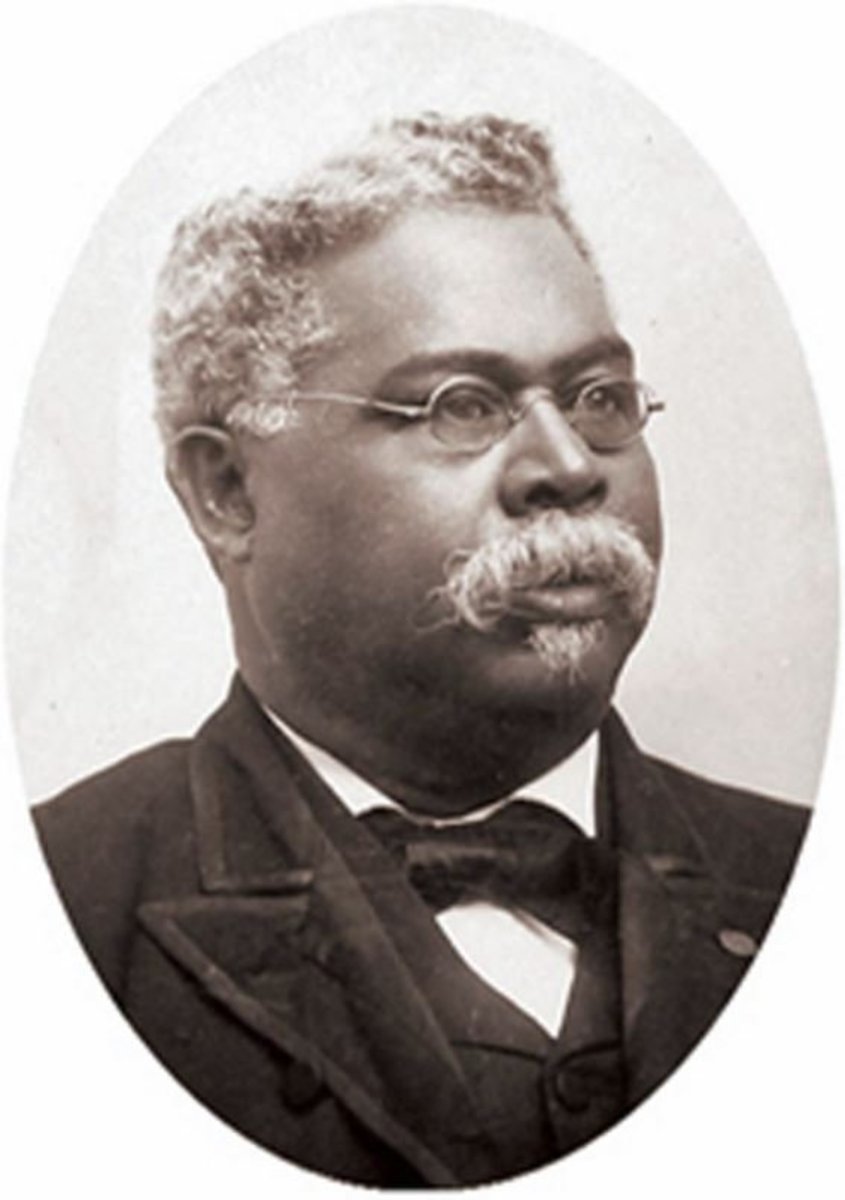- HubPages»
- Education and Science»
- History & Archaeology»
- History of the Americas»
- American History
The Legacy of the American Civil War: (Northern "Capitalist Oligarchs" V. the Southern "Slaveocracy")
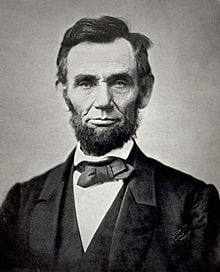
The American Civil War of the 1860s is not very well understood. I am by no means holding myself out as some kind of expert; but I hope there are one or two things I can help clear up. There seems to be a point of view, out there, which posits the War Between the States, to have been one in which both sides---North and South---pursued their causes with a roughly equal amount of moral outrage against the other side.
I find this quite curious, but I have come across this idea here, on Hub Pages; and I have encountered it even in some professional scholarship.
I want to focus on the South. It is true that there arose, from Southern planter society, a charge of "industrial enslavement" against the industry of "capitalist oligarchs." It is true that these elements of Southern planter society accused the North of putting together a way of life, centered around industrialization, which treated "workers" much more harshly than there counterparts were treated on the plantation, the good old "farm," as it were.
I will concede that Southern planters made those charges. But what I want to suggest to you is that they made those charges in a very interesting, narrow, opportunistic, cynical, self-serving, and highly legalistic way. I want to suggest to you that the Southern planters who cried foul against the "capitalist oligarchs," were not doing so from a position of an informed critique---or any other kind of critique---of modern industrial capitalism.
What I'm going to show is that the Southern planters who made those charges, were doing so in a specific legal context, on a case-by-case basis. What the planters were trying to do, when they made such "capitalist oligarch" charges, was seek compensation for damages done to their property---slaves---whom they would lease out to mines and factories, when work was slow around the plantation.
The planter would lease out a slave to a factory, let's say. If the slave got injured while working at that factory, the planter would take the factory owner to court, and try to win compensatory payment for damage done to his property.
The legal proceedings at court were not at all concerned with evidence or an examination of the facts of the case; which is to say, that nobody was concerned with the sequence of events that allegedly led to the slave's injury or tried to show that the factory owner either did or did not negligently allow conditions to present themselves, which caused the slave to get injured.
No, what the slave owner tried to show was that his slave was a sweet, childlike, docile, obedient, loyal, devoted, simple "Sambo" type, who "wouldn't hurt a fly," and so forth. If he could successfully prove this to the court, the slave owner would have made his case that his innocent servant had been cruelly victimized by the cold, industrial grind fostered by the cold, ("Northern"), "capitalist oligarch." Having done this, the slave owner would win his case and be awarded money to compensate him for damage done to his property, the slave.
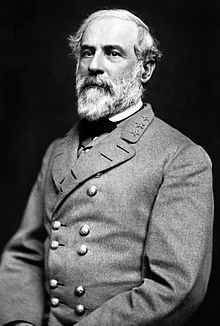
On the other side of the law case, what the factory owner tried to do was prove that the injured slave was a brutal, ever-scheming and devious, rebellious, evil-minded, black-hearted, mass homicidal "Nat" type, who had, therefore, brought the injury on himself by doing something monstrous. If the factory owner successfully persuaded the court of this position, he would, of course, be found not liable for the injury done to the slave at his factory.
Of course, I don't want you to take my word for it. I would draw your attention to an essay by Harvard legal historian, William W. Fisher III: Ideology and Imagery in the Law of Slavery. It is one of an anthology edited by another legal historian, Paul Finkelman: Slavery and the Law, published by Madison House Publishers, Inc., in 1997, in hardcover.
Now then, Dr. Fisher pointed out the existence of a kind of psychic device used by the white Southern mind, to deal with the cognitive dissonance of slavery---he didn't use any of that phraseology in his essay. But in the South, during slavery there were two archetypal images of black male slaves and two for black female slaves. For this discussion, let's just focus on the archetypal images of black male slaves.
"Sambo": "Indolent, faithful, humorous... dishonest, superstitious, improvident, and musical, Sambo was inevitably a clown and congenitally docile" (1).
Dr. Samuel Cartwright observed: 'Africans are endowed with a will so weak, passions so easily subdued, and dispositions so gentle and affectionate that they have an instinctive feeling of obedience to the stronger will of the white man' (2).
"Nat": "Unredeemed savagery was the central trait of Nat, the second, opposing image of male slaves. Less common than the Sambo image, it was equally important to the white Southern psyche. A slave in this mode was fierce, rapacious, cunning, rebellious, and vindictive. In Southern fiction, 'Nat' was the incorrigible runaway, the poisoner of white men, the ravager of white women, who defied all the rules of plantation society. Subdued and punished only when overcome by superior numbers or fire power, Nat retaliated when attacked by whites, led guerrilla activities of Maroons against isolated plantations, killed overseers and planters, or burned plantation buildings when he was abused" (3).
Basically, it was thought that any characteristic that was positive in the slaves was due to his 'domestication' under the stern mastery of white Christian society. Any negative traits were considered to be the result of immutable African wickedness (4).
Dr. Fisher explained that the white Southern mind might switch back and forth between viewing black male slaves as either wicked and brutal "Nat" or obedient, happy-go-lucky "Sambo" types, depending on how the whites felt about their security situation, at any given moment, vis a vis the masses of black slaves. When whites were feeling confident, they could afford relatively indulgent feelings toward the slaves; they thought of them as "Sambo" types. In contrast, when whites were feeling anxiety about their security position with regard to the slaves, they would adopt a relatively more defensive, "bunker" mentality with respect to the black slaves, thinking of them as murderous and treacherous "Nat" types. (5).
And so, put another way, the "Sambo" represented the whites fantasy of safety; and the "Nat" represented his nightmare of murderous insurrection (6).
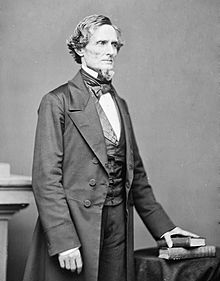
There were two archetypal images for black female slaves: "Mammy" and "Jezebel," but we won't go into those here. Just know that Southerners could embrace one or the other, and even both simultaneously, depending upon the context of their thought, which had its effect upon judges and legislators (7).
Legislators and judges tended toward relative leniency and forbearance, when the image of the "Sambo" was foremost in their minds; and relative, additional extreme severity, interested in harsh punitive measures when the image of the "Nat" was uppermost in the consciousness of the white Southern mind (8).
William W. Fisher III: "[A]ll Southern jurisdictions refused to apply to sales of slaves the doctrine of caveat emptor; purchasers of slaves who proved in some way 'defective' could rescind the sales..., the lawyer for the purchaser in a suit implicating this rule typically sought to portray the slave in question as rebellious, violent, vicious, dangerous, and incorrigible---in short, as a Nat. Counsel for the defense sought instead to show that the slave was pliable, loyal, childlike, humble, and obedient---in short, a Sambo. The case hinged on the issue of which of the two images was more accurate" (9).
The "Sambo"-"Nat" issue is one dimension of the problem.
Dr. Fisher explains, in that same essay, that there was another psychic device that the white Southern mind used to try to cope with the cognitive dissonance of enslaving their fellow human beings. It concerned the Southern conception of the nature of their slave society itself.
There were two "justifications":
"Paternalist": This conception sought to portray Southern society as patriarchal and humane. Social and economic relations were vertical and reciprocal. Inferiors obeyed and respected their social betters, and were thus rewarded with support and sustenance. Masters utilize the labor of slaves, but in return supply them with food, shelter, moral and religious guidance, and care in their infancy and old age. What you got out of all that was a stable, familial, and mutually beneficial labor system that contrasts favorably with the tumultuous and brutal system of the capitalist North. Slavery was just one, small component of this kind of feudal-like society (10).
How would this work, if a slave owner were bringing suit against a factory owner, for "damages," due to the injury his slave allegedly suffered in the temporary employ of the factory?
The slave owner and his counsel, would naturally be taking the position that the slave was a gentle, loyal, childlike, guileless "Sambo," who had, therefore, been cruelly victimized. The factory owner and counsel, in defense, would be taking the position that the slave had brought the injury on himself because of his irredeemable African "Nat" wickedness.
If the judge happened to be of the "paternalist" mindset (at the time, anyway), he would be biased against industry and decide in favor of the slave owner seeking compensatory damages.
On the other hand...
Dr. Fisher: "Not all courts, however, saw the problem of leased slaves through the lens of the paternal theory. For many the notion that legal rules should be crafted to force hirers to take special care of their slave workers (better care, perhaps, than of their free workers) was altogether implausible. A lease of a slave, they contended, is no different from a lease of any other kind of property. So, for example, if the law permits abatement of the rent when 'a house, leased for a year, [is] rendered untenantable bya storm,' it ought to permit abatement of the rent when a slave is killed during the lease term" (11).
That attitude gives us the "racialist" justification for slavery.
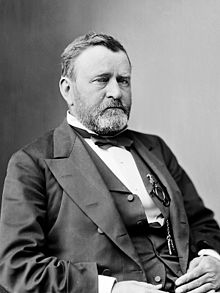
The "Racialist" framework: This conception was based on the idea of the innate inferiority of black people to whites. It was morally permissible, even mandatory for Caucasians to exploit and dominate Africans. Various reasons advanced included a curse by God upon the descendants of Ham (cursed for their disrespect of their father, Noah) or Cain (cursed for his fratricide) (12).
Dr. Fisher: "The developers of what (in retrospect) has been called the herrenvolk theory contended that there exists in all societies a laboring class, that it is natural that the brutish and subhuman Negroes should fill this role, and that the incidental advantages of such an arrangement for whites include democracy, solidarity, and prosperity" (13).
According to Dr. Fisher, many Southerners believed that slaves leased to industries were often "abused." "For planters steeped in paternal conception and defense of Southern culture," wrote Dr. Fisher, "this belief was commonly associated with a general hostility toward industrialization and its concomitant evil---wage labor" (14).
Basically, the misapplication of records of the courtroom tactics of aggrieved slave owners, whose property---their slaves---had been injured while on lease to mines and factories, became woven into the historical narrative about the American Civil War, to give the misleading picture of two sides expressing "moral outrage" against the other, each "fighting for what they believed in," and so forth.
Thank you for reading.
Reference
1. Fisher III, W. (1997). Ideology and Imagery in the Law of Slavery. In P. Finkelman (Ed.), Slavery and the Law(pp. 46-64). Madison House. 46
2. ibid
3. ibid, 47
4. ibid, 46-47
5. ibid, 47
6. ibid
7. ibid, 48
8. ibid
9. ibid, 51
10. ibid, 52
11. ibid, 57
12. ibid, 53
13. ibid
14. ibid, 56

